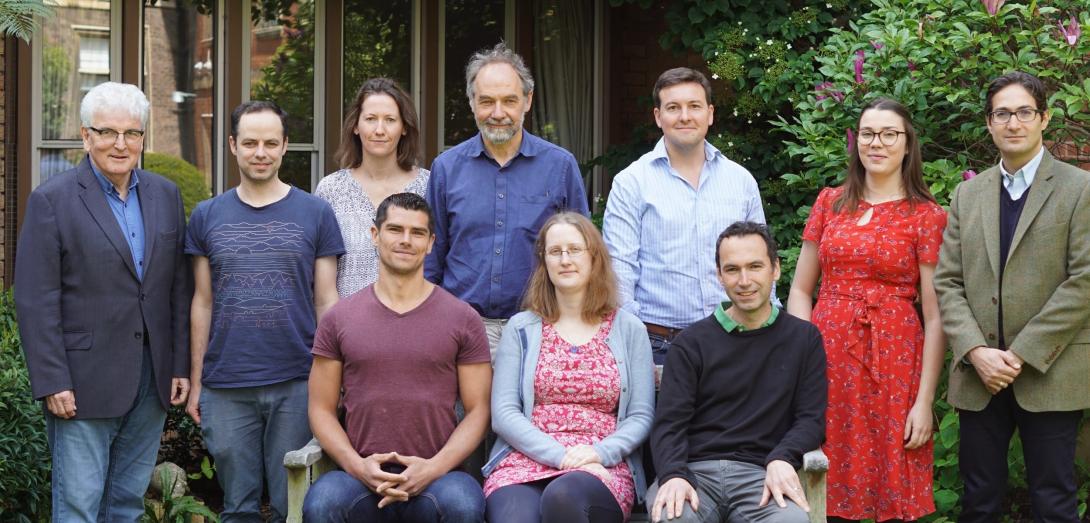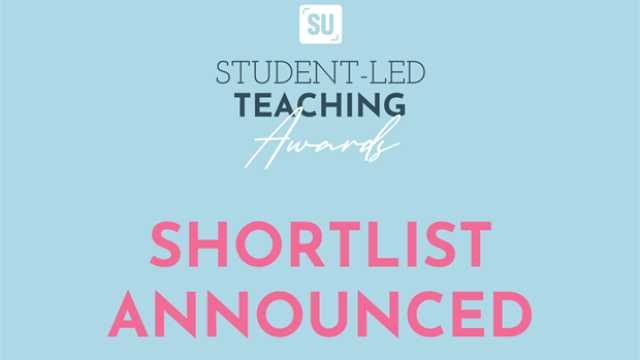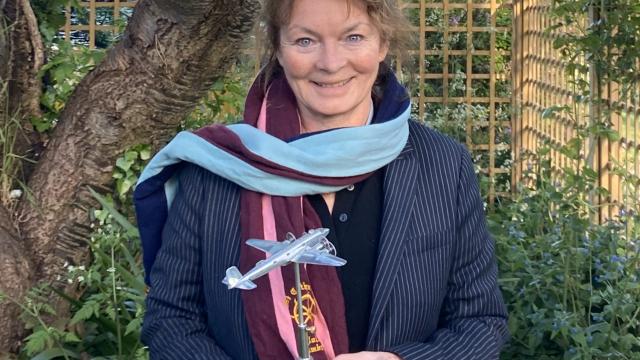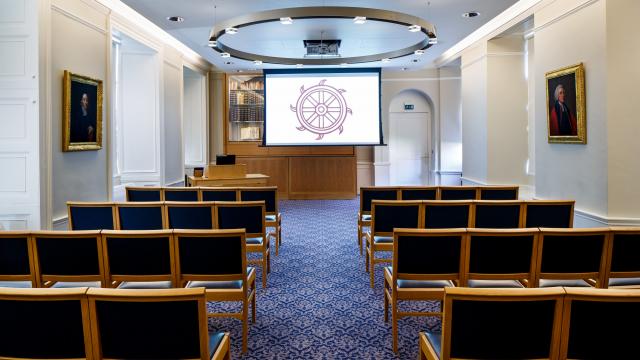
The following article was first published in this year's edition of The Wheel, the College's annual newsletter, in July 2021.
Thanks to the generosity of the David and Claudia Harding Foundation, the team at the Biosecurity Research Initiative at St Catharine’s (BioRISC) has continued to grow its profile as a world-class research hub. Since its launch in 2019, BioRISC has generated over 30 peer-reviewed publications about existing and emerging biological security risks and interventions. An increasingly important area of activity has been developing tools to improve links between the scientific community and policy makers, so the former can provide the latter with cutting-edge, evidence-based information (see table).
Lord Des Browne (2019), Fellow Commoner, adds, “None of us who have lived through the COVID-19 pandemic can be in any doubt about the value of policy makers having a proper understanding of the latest scientific evidence and how to apply this knowledge effectively.”
Professor William Sutherland (2008), Environment Fellow and Miriam Rothschild Professor of Conservation Biology, comments, “BioRISC has been ahead of the curve because our focus has been to improve the understanding of science and technology by public policy professionals and vice versa. We are finding ways to make science more useful to policy makers, with the best tools and information available.”
These tools encourage strategic thinking and aid quick and easy understanding of scientific evidence. Lord Browne explains, “We need accessible ways for policy makers to look at the available evidence, in real time rather than having to wait sometimes for months. Ideally, relevant evidence would be available quickly so policy makers can test their assumptions along the way and pursue the most sensible routes.”
Tools produced by BioRISC to support policy makers
Tools |
Purpose |
Example activities |
|
Horizon scanning |
Identify future issues and opportunities |
A bioengineering horizon scan1 |
|
Research prioritisation |
Identify questions that, if answered, would be most useful to policy and practice |
80 questions for UK biological security2 |
|
Solution scanning |
Identify a range of options for a given problem |
A solution scan on preventing future zoonotic epidemics3 generated significant media interest and over 6,000 downloads of the preprint in 8 weeks A solution scan on reducing the spread of COVID-194 was reported by >70 media outlets and was used by the Irish government for post-lockdown planning |
|
Fault tree analysis |
Understand the impact of public policy decisions |
A set of fault trees for each of the main areas of biosecurity Examples of real-world case studies including freshwater invasive species |
|
Dynamic synthesis |
Make evidence immediately accessible and save users time when they want to extract evidence across fields on an industrial scale |
A database covering a range of invasive species, which users can interrogate in as little as 20 minutes |
References
1. Kemp, L. et al. eLife. 2020; 9. elifesciences.org/articles/54489
2. Kemp, L. et al. PLoS ONE. 2021; 16(1). doi.org/10.1371/journal.pone.0241190
3. Petrovan, S. et al. osf.io/5jx3g
4. Sutherland, W.J. et al. osf.io/ca5rh




